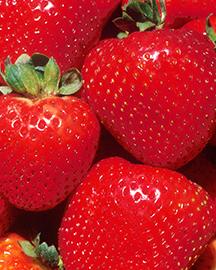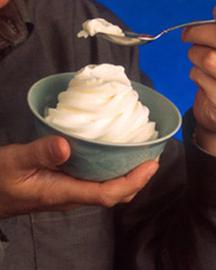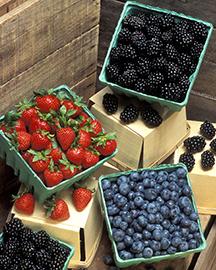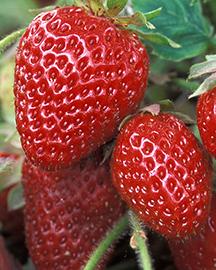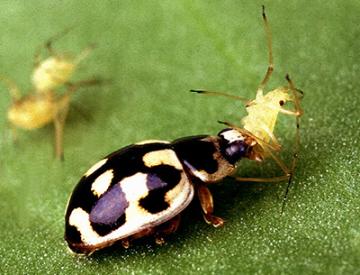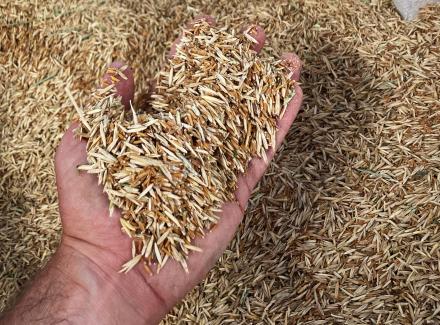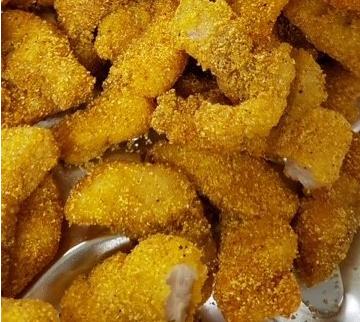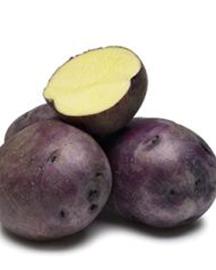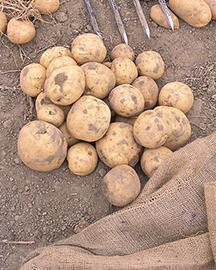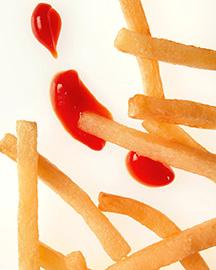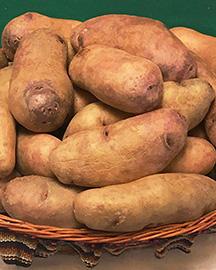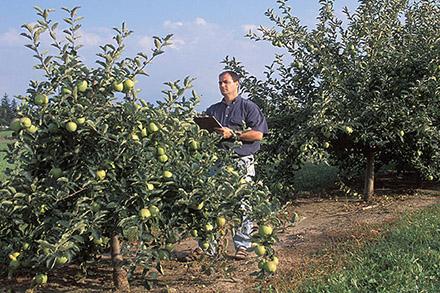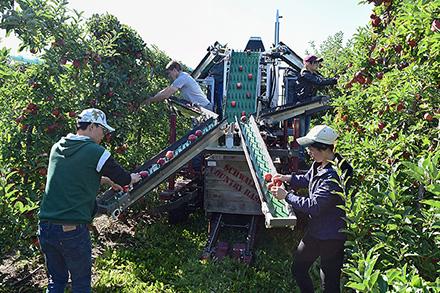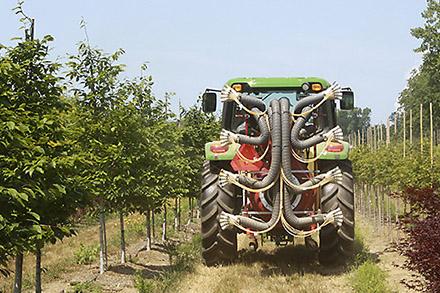Innovations for Ready-to-Eat Foods
It can be challenging to slow down and plan and cook a well-balanced meal from scratch. Due to busy lifestyles, we often turn to ready-to-eat food products. These foods include minimally processed, extended shelf-life, refrigerated ready-to-eat meat and poultry products with reduced salt that do not require additional cooking. But how do we know if these ready-to-eat meals are safe to consume? ARS researchers in Wyndmoor, PA, developed models to predict the behavior of pathogens in foods, by estimating reduced heat treatment to ensure safety against pathogens in ready-to-eat foods while minimizing quality losses. The models serve as a scientific bases to establish regulatory performance standards guidelines for ready-to-eat foods and can assist risk managers to determine food processing and handling conditions that affect the risk of foodborne illness. Check out our food safety research site for more information.



